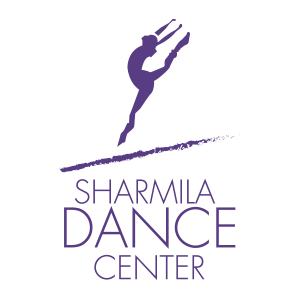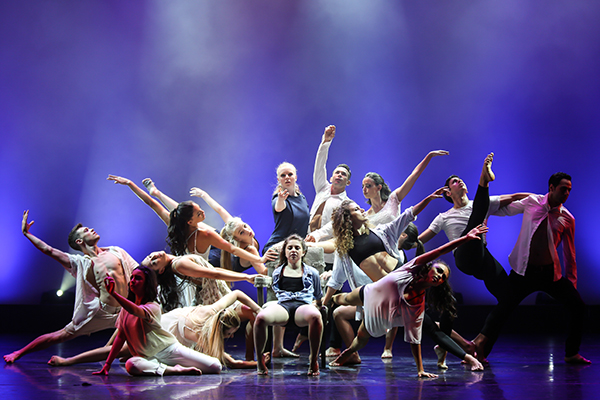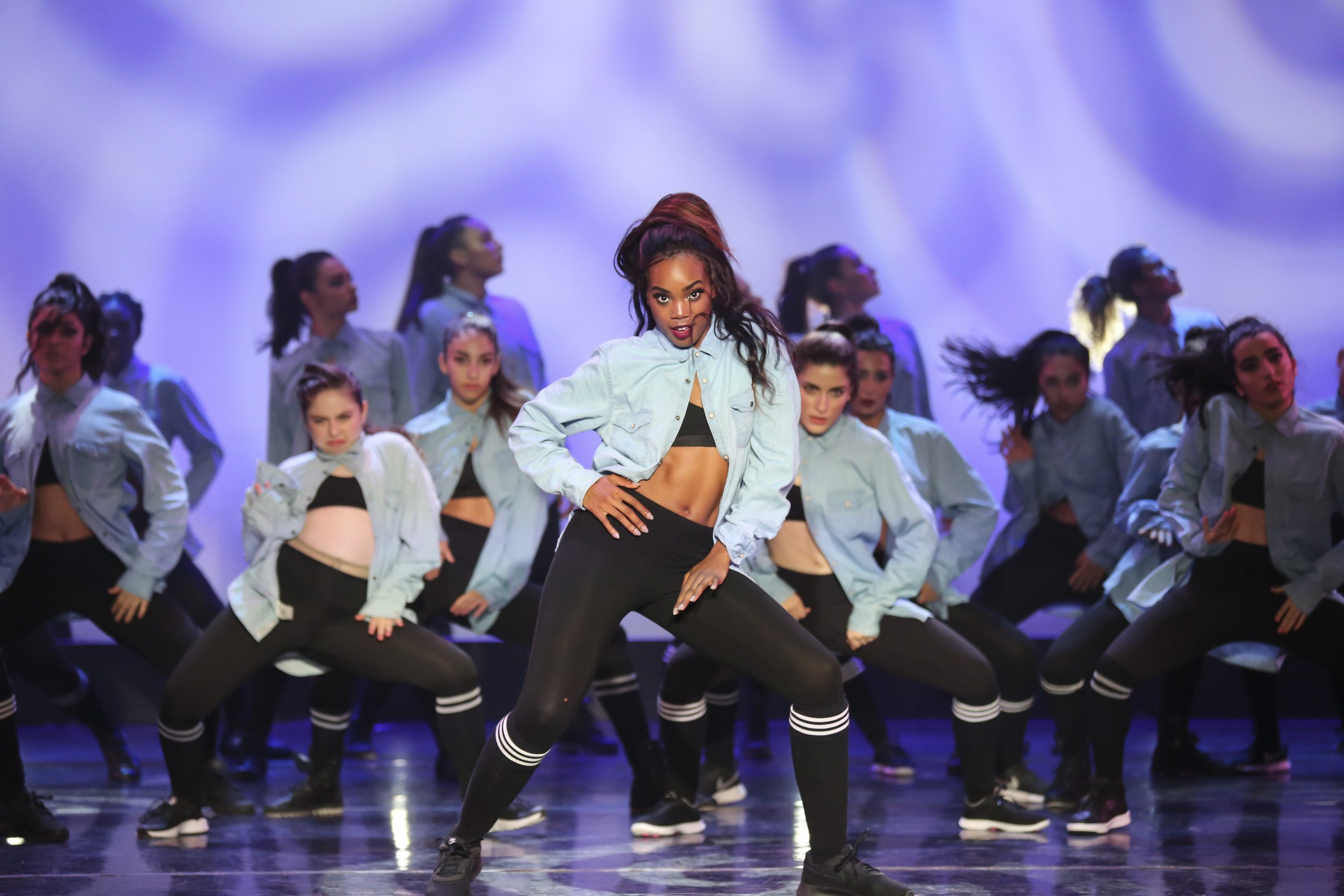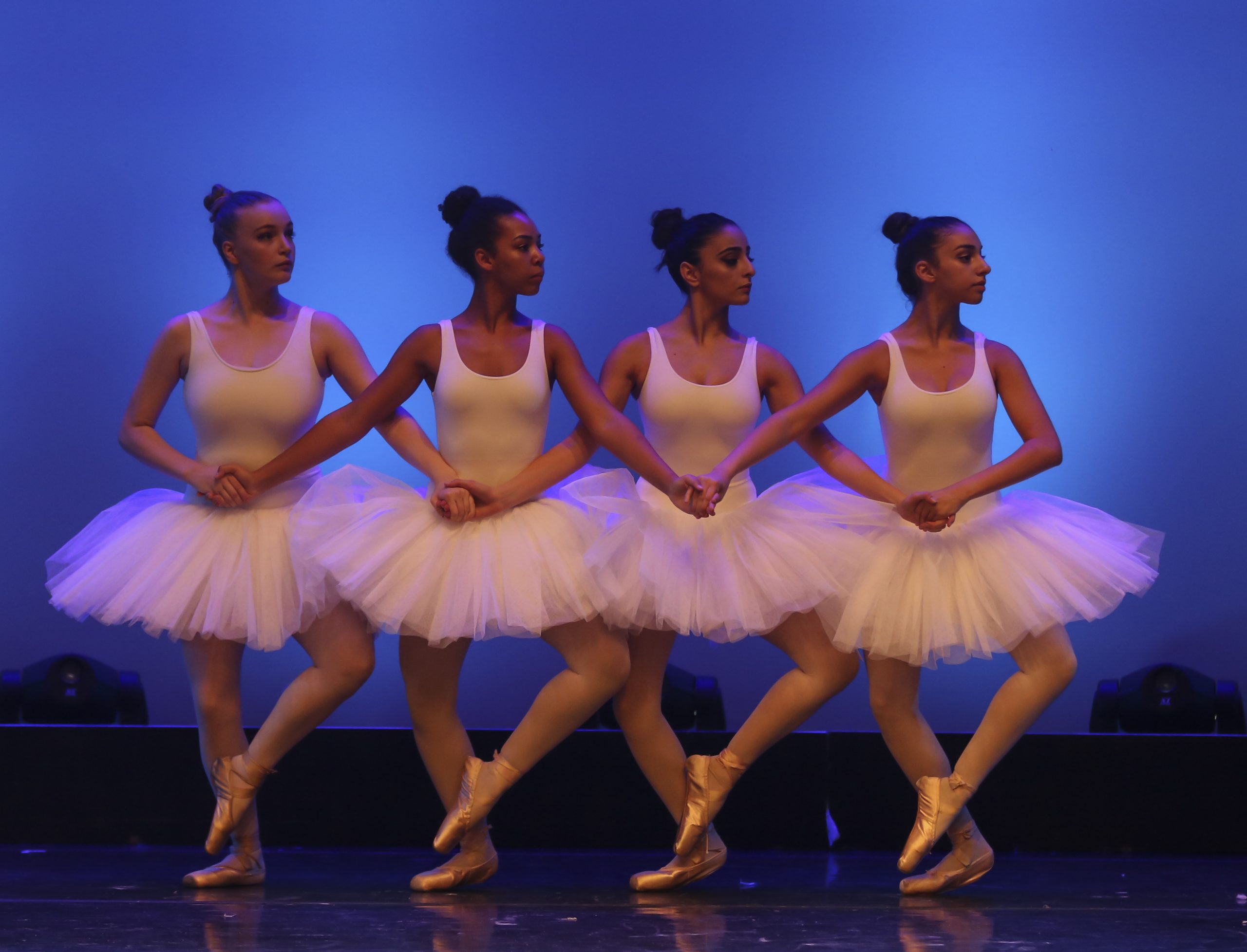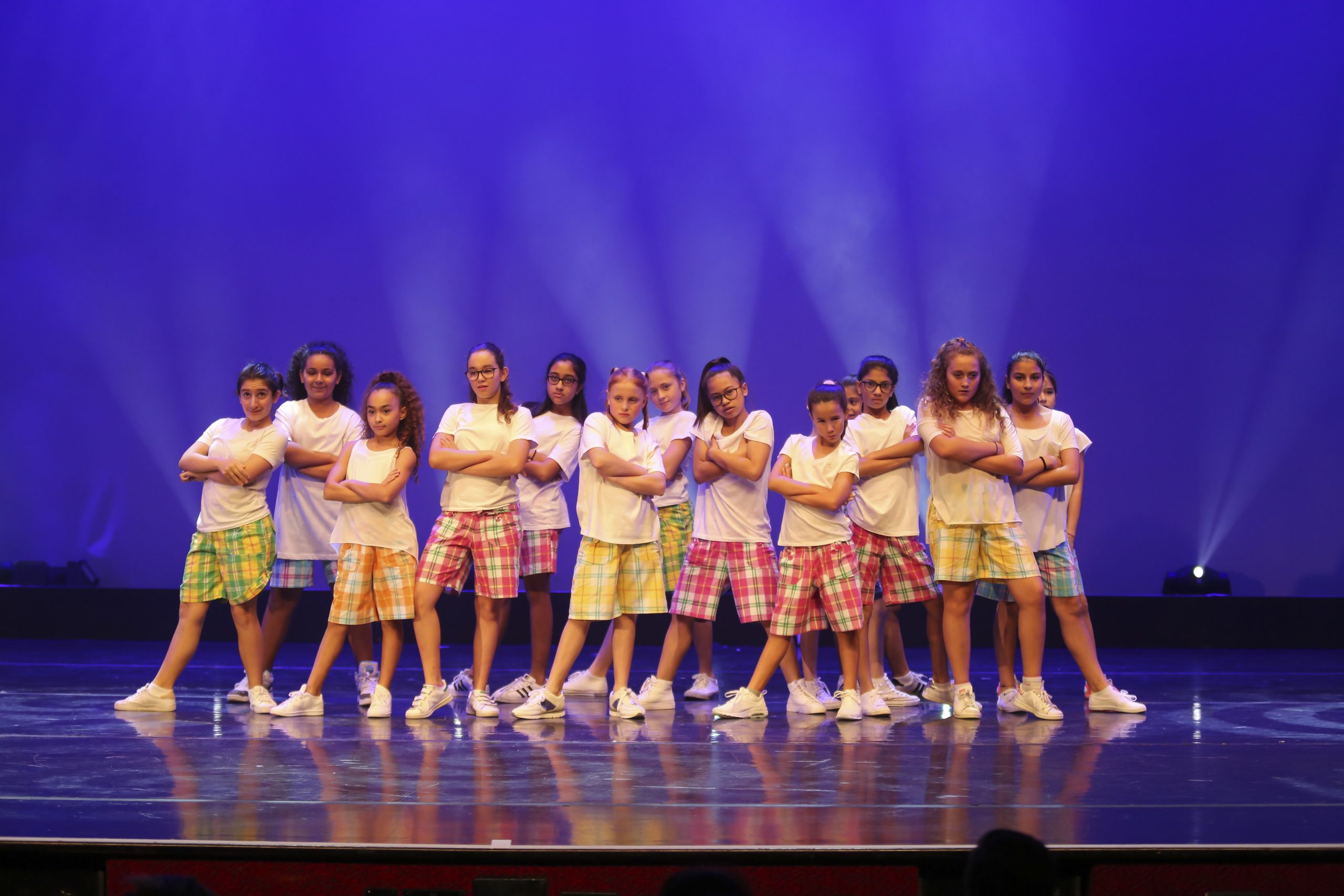
Why song and dance are essential for children’s development
How do children benefit from music and dance?
Many people today are better equipped than ever before to deal with life’s challenges and difficulties. We live longer, enjoy more leisure time, and have access to the world’s knowledge at the touch of a button.
But children are spending less time playing physically, mixing with different generations, creating imaginary games, and interacting with parents. Many are becoming socially isolated because their leisure time is spent in front of a computer or television. They are losing the ability to empathise, to communicate and to read emotional language.
What, then, of their ability to sing, dance and let their imaginations soar?
Humans are naturally creative, musical and artistic
A baby in the womb lives to the rhythm of its mother’s heartbeat. It hears and feels the sound and emotion of its mother’s voice. When a baby is born, it creates its first sound with its first instrument – the voice. For several weeks, the voice is only used to demand milk, but gradually the baby discovers its own sounds and begins to experiment, play and compose.
By four months, a baby can recognise facial expressions and interpret emotions. Laughter begins soon after, and then much of the world is encountered through play and sound. By six months, babies recognise and respond to songs with movement, using toys to shake, rattle and bang.
As children, we use our voice and other instruments to express feelings, but they also serve important learning functions – they teach us pattern, pulse, rhyme and structure, without the complication of language; they teach us the way humans bond and express emotion; they give us pleasure and encourage imagination and story-telling.
The importance of movement and dance
I have heard teachers telling small children to ‘sit still and listen’ to a piece of music. I believe this is an impossible demand, and an undesirable one too. Watching children listen to music is a crucial part of assessing their development, and we would hope at such times to see a foot keeping time or hands dancing or sometimes a look of quiet wonder.
In many cultures, music, singing and dance have no clear divisions – they are seen as a whole activity. Indeed, in many African cultures, there are no separate words for singing and dancing or music.
Through dance, children develop spatial awareness, become less clumsy and pay more attention to others sharing their space. Children struggling with language can express their feelings with immediacy through dance and movement.
